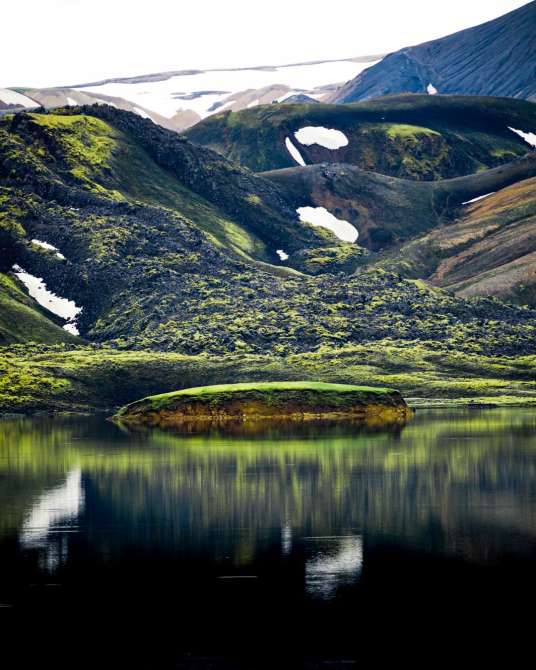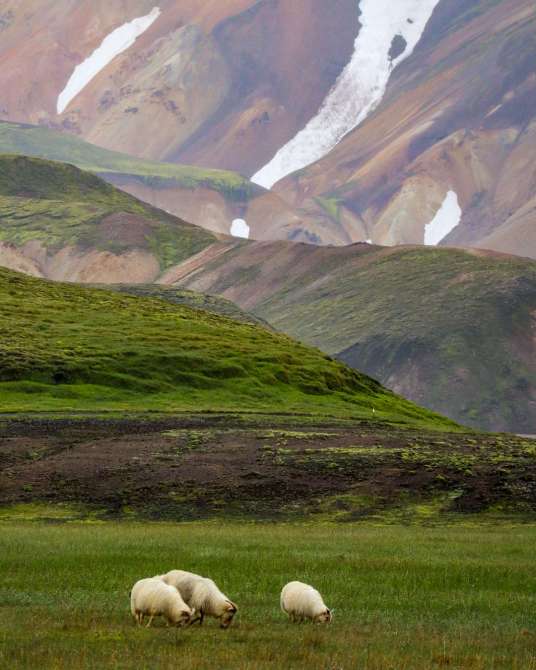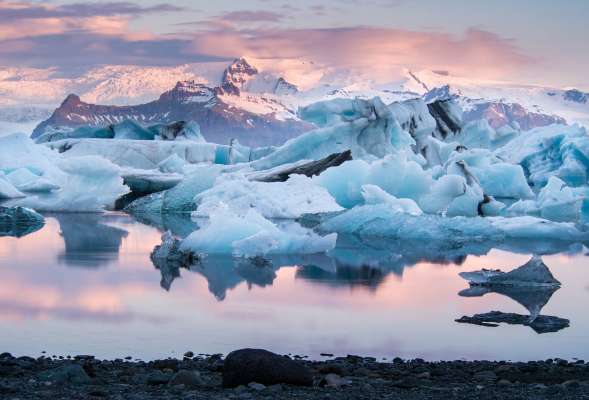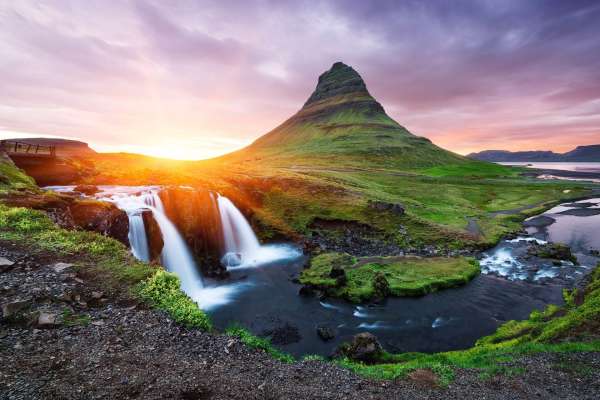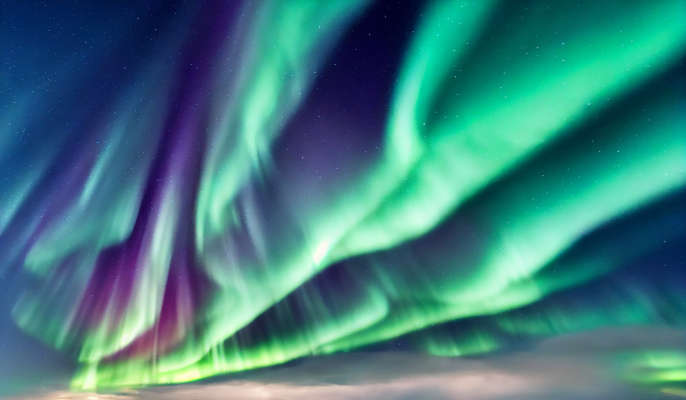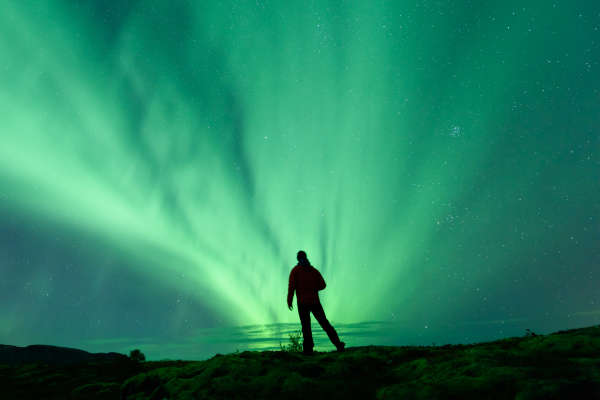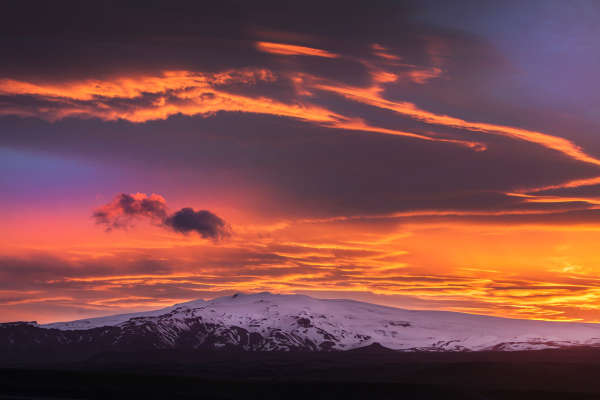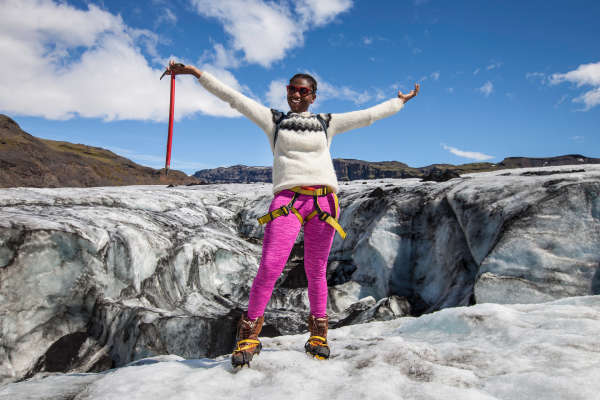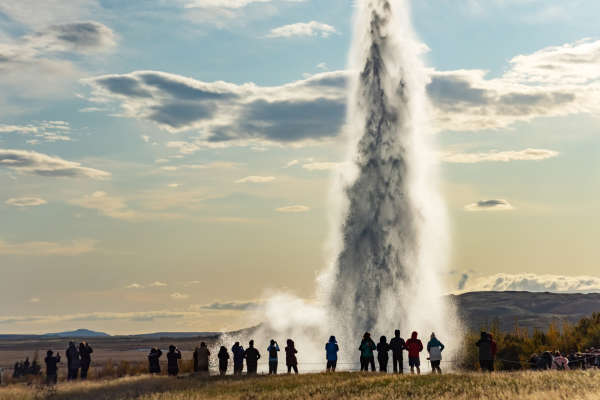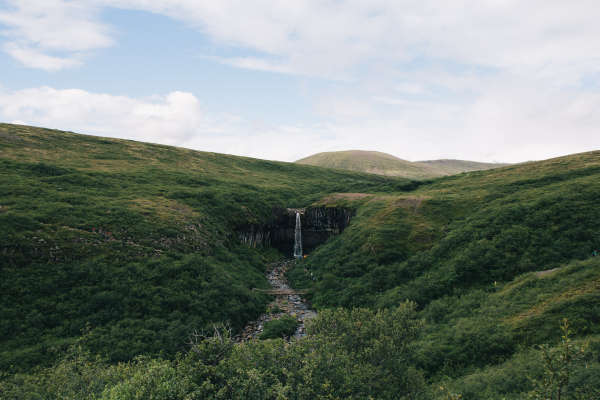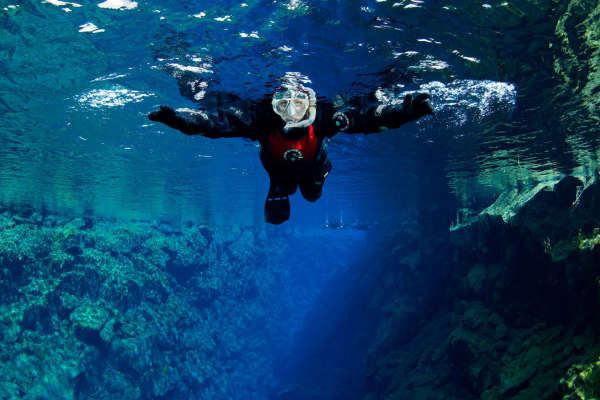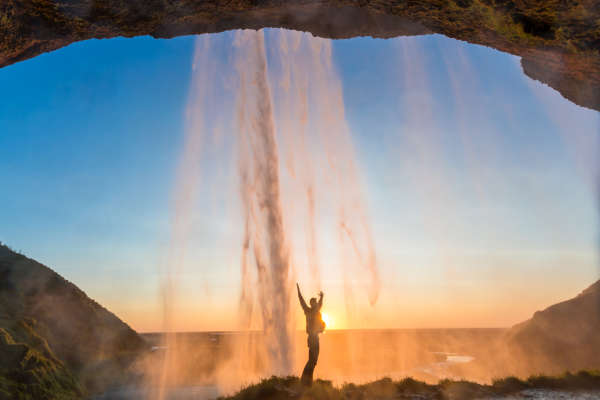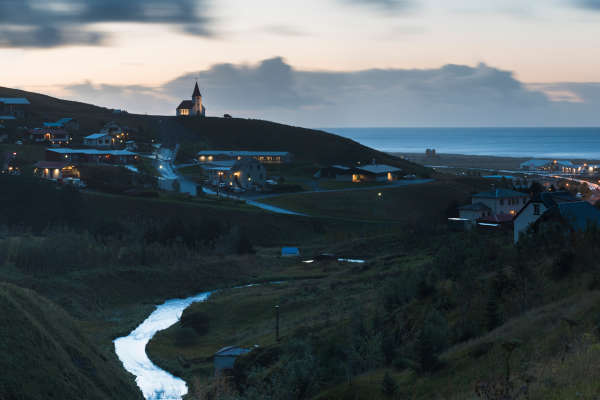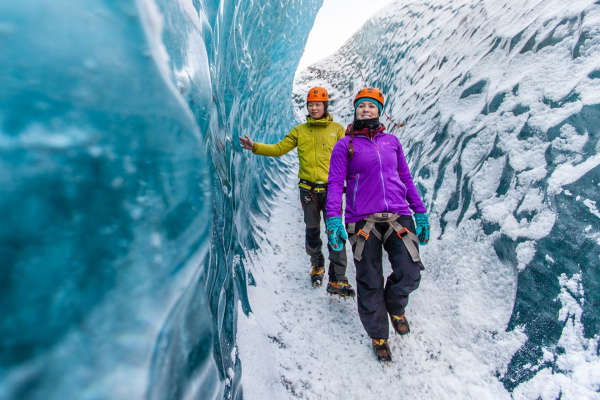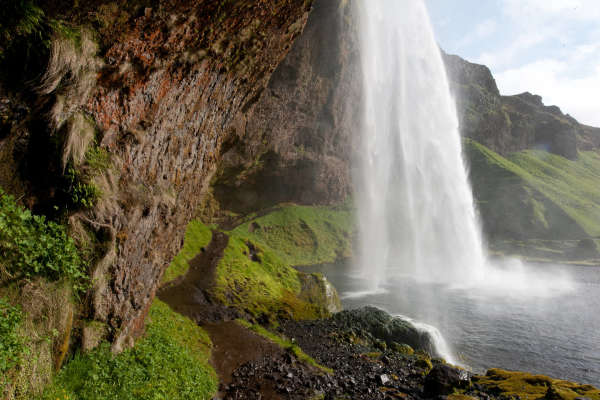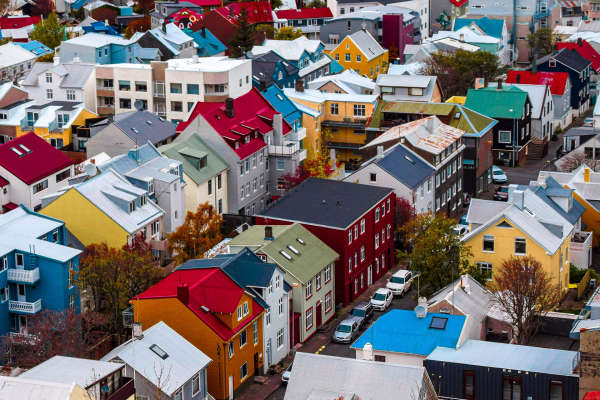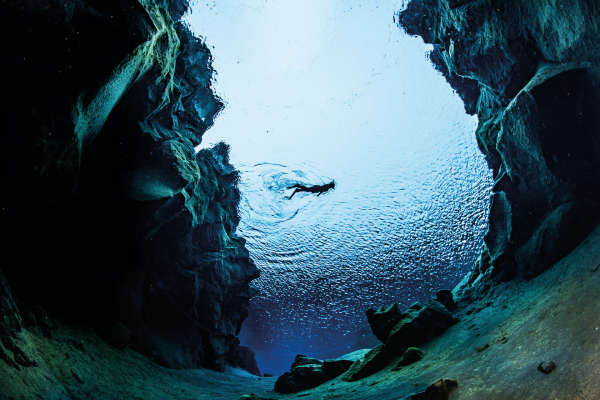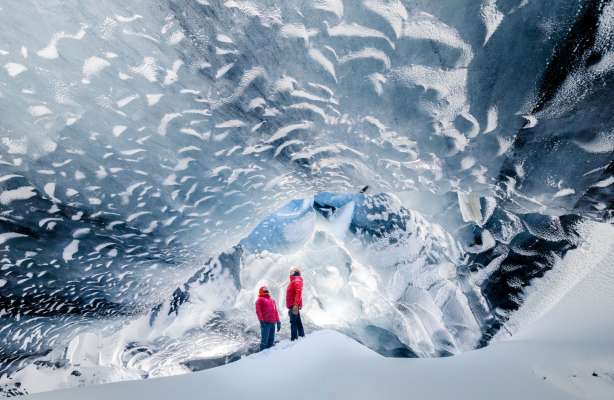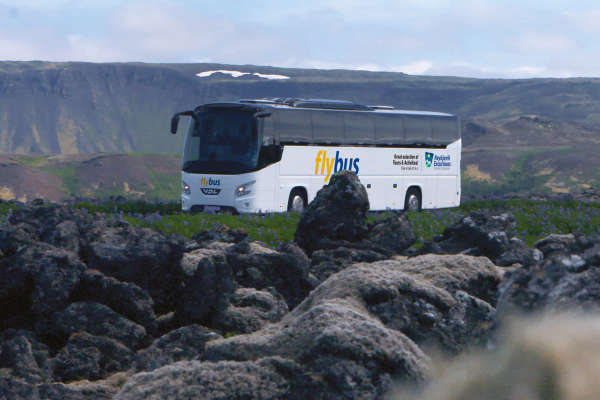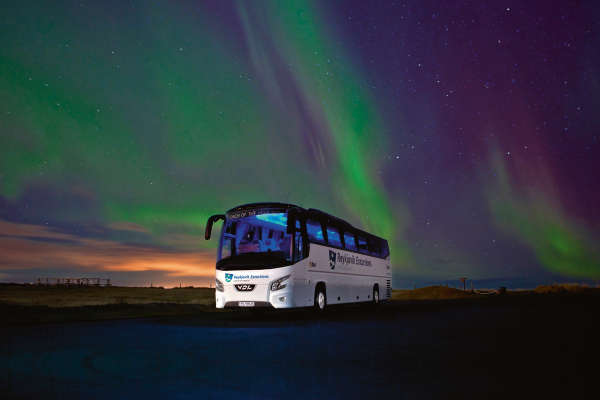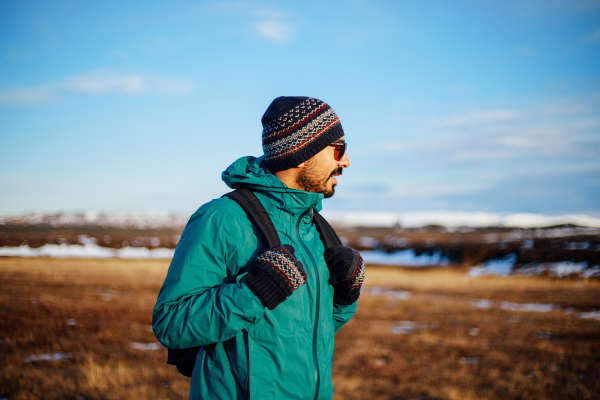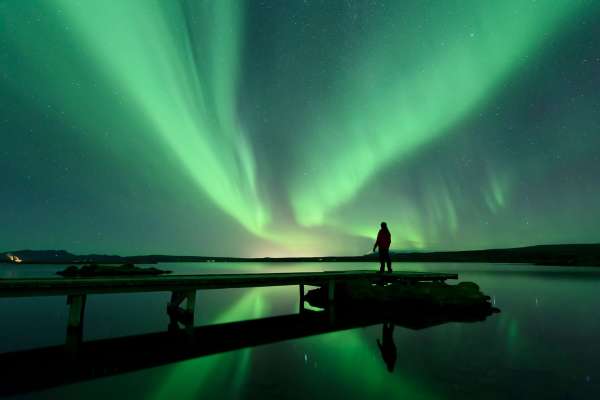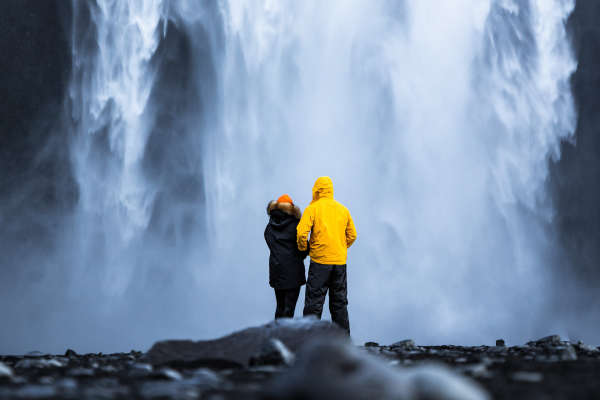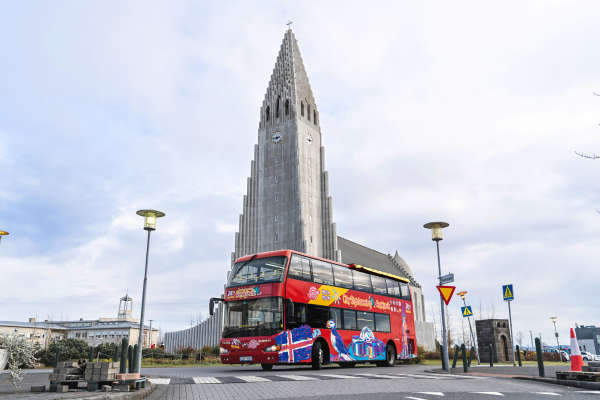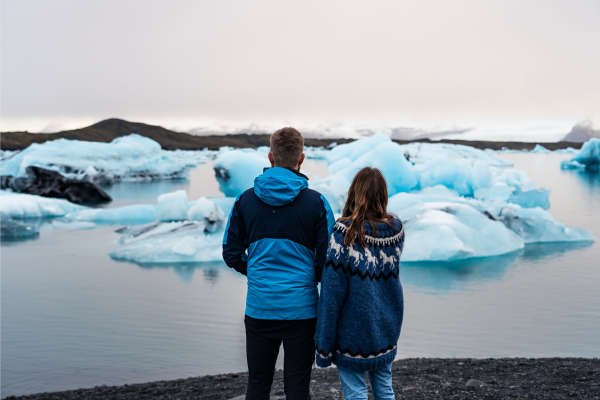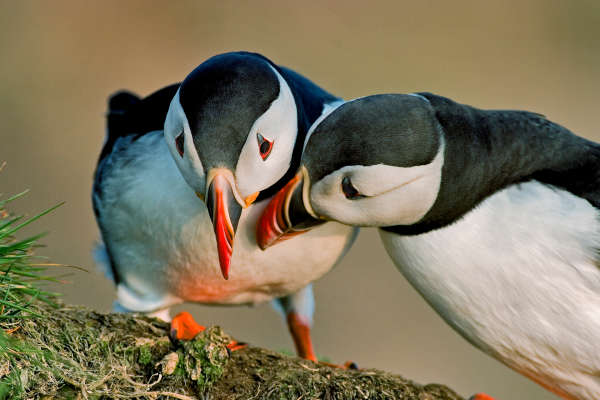Exploring Iceland Responsibly with Carbon-Neutral Iceland Tours
Learn about how to discover Iceland's beauty with eco-friendly tours
April 8, 2024
Over the past 10 years, Iceland has become a hotspot for tourists, drawing people with its unique mix of rugged volcanic landscapes and icy vistas. From under 500,000 visitors in 2010, we've seen numbers soar to about 2.3 million by 2019.
This not only shows how much people love Iceland but also puts us on the map as a top destination worldwide. Although COVID-19 slowed things down, tourism is bouncing back strong. Predictions suggest that in 2024, we might even surpass pre-pandemic levels, making it our busiest year ever.
But with more visitors comes more responsibility. We need to ensure that as we welcome people, we're also protecting our environment. It's all about finding that balance between hospitality and preserving Iceland's natural beauty for generations to come.
Local Perspectives on Iceland's Tourism Boom
Tourism has been a lifeline for Iceland's economy after the 2008 financial crisis, creating heaps of job opportunities. In places where jobs were once scarce, tourism has brought a surge in employment, especially in services.
This boom has also sparked a newfound interest among Icelanders in our natural wonders. The attention from visitors worldwide has made us locals appreciate our own backyard even more, boosting our pride in our heritage.
But it's not all sunshine and rainbows. Many locals worry about how tourism affects our environment. Surveys reveal that around three-quarters of us think the pressure on nature is too much. In a country where our landscapes are tied deeply to who we are, these concerns run deep.
Leading the Way in Sustainability
As one of the largest tour operators in Iceland, aiming at sustainable practices is essential for us. We know today's travelers care more about their environmental impact, and they prefer supporting businesses that share their values.
We recognize our responsibility to lead the charge for sustainable tourism. That's why we're proud to announce that our day tour operations are now carbon neutral—a significant milestone in our journey toward sustainability.
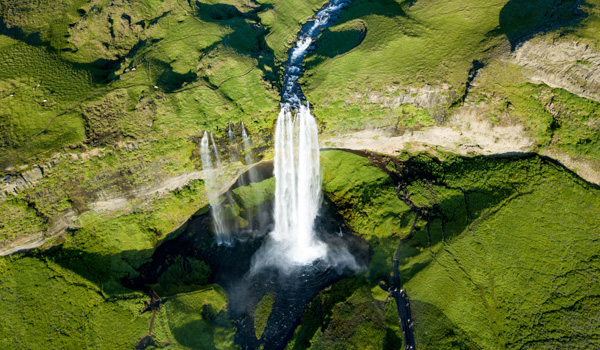
Modern, Eco-Friendly Fleet
At Reykjavík Excursions, we're committed to reducing or even offsetting our environmental footprint. That's why we operate one of Iceland's largest and most modern bus fleets, with an average age of under 1.5 years. Our buses not only provide comfort and efficiency but also help cut emissions.
We're also making strides in adding electric vehicles. Currently, we have two electric buses in operation, and two more are set to join our fleet by June 2024. These eco-friendly buses will serve as efficient transportation options for our visitors, helping to reduce our carbon footprint.
Looking forward, we're planning to expand our use of electric buses to Flybus airport transfers. By doing so, we aim to significantly lessen the environmental impact of one of the most common travel routes for our guests.
Getting from Keflavík Airport to Reykjavík - Your Complete Guide
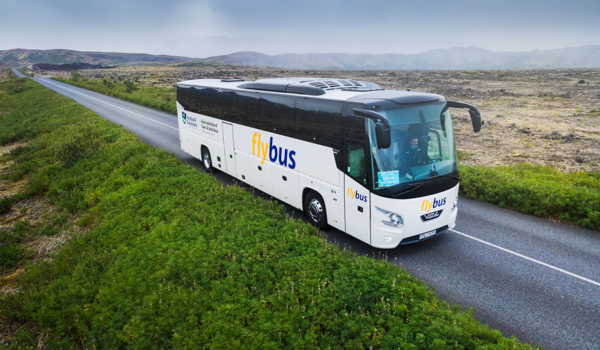
Keflavik Airport is situated about 50 kilometres southwest of Reykjavik. The journey can take anywhere from 45 minutes to an hour. It will have you weaving through vast lava fields and scenic ocean views that are quintessentially Icelandic. Dive into detailed article about transportation options between Keflavík International Airport and Reykjavík.
Read our handy guide about airport transfer in Iceland.
Investing in a Greener Future: Our Partnership with Vaxa Technologies
Even with our state-of-the-art fleet, we're committed to offsetting every bit of carbon dioxide we emit. As we upgrade our vehicles, we're also investing in projects that go beyond carbon-neutral to actually remove carbon from the atmosphere.
That's why we're excited about our partnership with Vaxa Technologies, pioneers in innovative algae farming. Together, we're taking big steps towards our carbon offset goals.
Vaxa harnesses the power of Iceland's geothermal energy to cultivate a special type of algae called Icelandic Ultra Spirulina (IUS). This 'planet-friendly superfood' actually uses carbon emissions to grow.
Spirulina farming isn't new, but Vaxa's approach is revolutionary. Their indoor, vertical cultivation method, powered by green energy, requires much less land and water compared to traditional farming. Plus, they recycle water back to the geothermal plant, making the process carbon-negative.
Thanks to Vaxa's innovative methods, Icelandic Ultra Spirulina (IUS) packs a powerful nutritional punch. Its controlled environment ensures optimal conditions for growth, resulting in higher levels of vitamin B12 and phycocyanin, a potent antioxidant. This means IUS not only offers the usual benefits of spirulina—like proteins, vitamins, and minerals—but also extra health perks comparable to beef.
While Vaxa isn't trying to replace beef entirely, they're all about providing nutritious alternatives for those looking to cut down on meat. By doing so, they're setting the stage for future generations to embrace eco-friendly diets.
Moreover, Vaxa isn't just focused on the environment—they're also tackling malnutrition. They are teaming up with authorities in Tanzania to add spirulina to children's daily diets. By fortifying school porridge with spirulina, they're aiming to improve health outcomes for children who don’t have access to nutritious food.
Every Visitor Counts: Spreading Happiness, Not Carbon-Dioxide
Green travel and carbon offsetting are ongoing priorities for all travel operators, requiring daily attention. While we strive to fulfill our responsibilities, travelers can also contribute by making informed decisions: opt for carbon-neutral tours for their journeys.
Every busload of visitors not only boosts our economy through tourism but also eases the traffic and lessens the impact on our beautiful environment. Each journey with us is a step towards fighting climate change. With our carbon-neutral tours, we're all about spreading happiness, not emissions.
Tips for planning a trip to Iceland - Your Guide
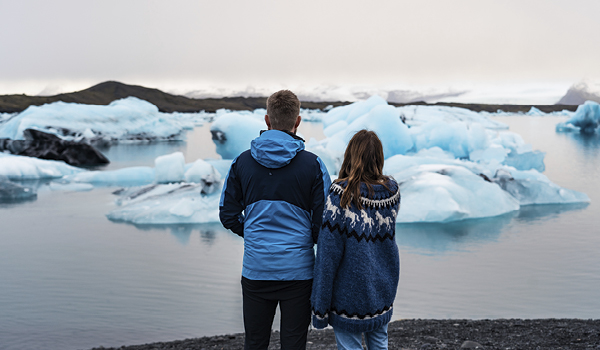
We’ve rounded up loads of tips for a planning trip to Iceland, from what to pack and how long to stay to airport transfers and how to get around the island. We’re with you every step of the way.
What to pack, how much to spend and how to get around: here’s your complete guide to planning a trip to Iceland.
Questions and Answers about Sustainable Tourism and Carbon-Nautral Tours in Iceland
1. What makes Iceland a sustainable tourism destination? Iceland's abundant renewable energy sources, including geothermal and hydroelectric power, fuel eco-friendly practices such as affordable electric vehicle charging. Furthermore, the country's commitment to climate-related research, supported by government initiatives and groundbreaking studies, underscores its dedication to sustainability.
2. How does Reykjavík Excursions contribute to sustainability? Reykjavík Excursions is part of the Icelandia group, one of the largest tour operators in Icelan. We operates a modern, eco-friendly fleet of buses and offer carbon-neutral day tours.
3. What is Vaxa Technologies' role in sustainability efforts in Iceland? Vaxa Technologies pioneers innovative algae farming techniques, producing Icelandic Ultra Spirulina (IUS) in a carbon-negative process, providing nutritious alternatives to meat and combatting malnutrition among children in regions where access to nutritious food is limited.
4. How can travelers contribute to sustainable tourism in Iceland? Travelers can opt for carbon-neutral tours and make informed choices that support environmentally responsible practices. Travelers can make a big difference by opting for group tours instead of renting cars, which reduces both the number of vehicles on the road and CO2 emissions. Additionally, choosing companies like Reykjavík Excursions that offer carbon-neutral tours instead of joining carbon-positive tours helps support eco-friendly practices in the tourism industry.
5. What impact does tourism have on Iceland's economy and environment? Tourism boosts Iceland's economy while also raising concerns about its environmental impact. Sustainable practices aim to balance economic growth with the preservation of Iceland's pristine landscapes.
REYKJAVIK EXCURSIONS BLOG
Get inspired! Information and tips and must see places in Iceland, fun facts, customs and more.
Snorkeling and Diving in Iceland - Your Guide
Discover the best Iceland snorkeling and scuba diving sites with our ultimate guide to Snorkeling and Diving in Iceland.
Read Blog
